10 Best Herbal Syrups For Peripheral Arterial Occlusive Disease
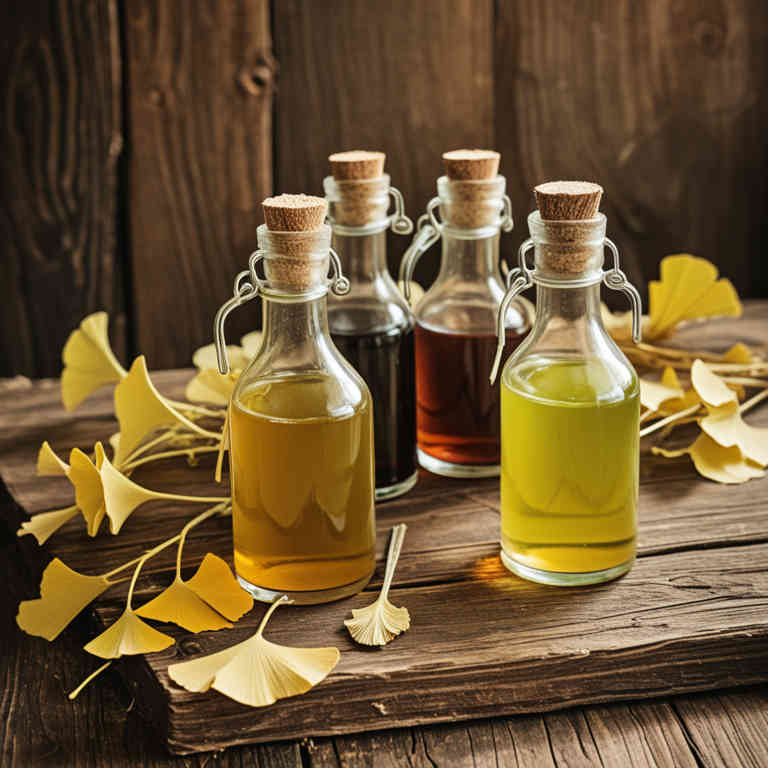
Herbal syrups have gained attention as potential complementary therapies for peripheral arterial occlusive disease (PAOD), a condition characterized by reduced blood flow to the limbs due to narrowed arteries.
These syrups often contain plant-based ingredients such as ginkgo biloba, garlic, and horse chestnut, which are believed to improve circulation and reduce inflammation. Some studies suggest that certain herbal formulations may help alleviate symptoms like claudication and promote better vascular function. However, while herbal syrups may offer some benefits, they should not replace conventional medical treatments and should be used under the guidance of a healthcare professional.
Further research is needed to fully understand their efficacy and safety in managing PAOD.
FREE Herb Drying Checklist
How to make sure every batch retains maximum flavor, color, and aroma without the risk of mold or over-drying. Eliminate guesswork and trial-and-error, making herb drying faster, easier, and more efficient every time.
Table of Contents
1. Ginkgo biloba

Ginkgo biloba herbal syrups have been studied for their potential benefits in improving blood circulation, which may be helpful for individuals with peripheral arterial occlusive disease (PAOD).
The active compounds in ginkgo biloba, such as flavonoids and terpene lactones, are believed to enhance microcirculation and reduce oxidative stress, potentially alleviating symptoms like claudication. Some clinical trials suggest that ginkgo biloba may improve walking distance and reduce leg pain in patients with mild to moderate PAOD. However, while these findings are promising, more rigorous, large-scale studies are needed to confirm its efficacy and safety as a complementary therapy for PAOD.
As with any herbal supplement, it is important to consult a healthcare provider before use, especially for individuals with existing cardiovascular conditions or those taking other medications.
2. Zingiber officinale
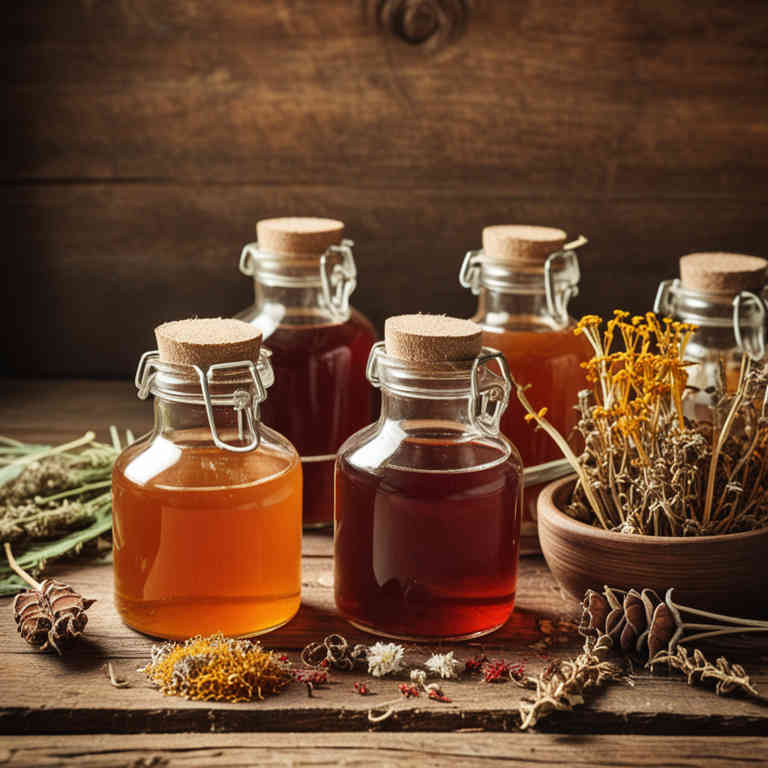
Zingiber officinale, commonly known as ginger, has been traditionally used for its anti-inflammatory and circulatory benefits, and recent studies suggest that ginger herbal syrups may offer potential therapeutic value for individuals with peripheral arterial occlusive disease (PAOD).
The active compounds in ginger, such as gingerols and shogaols, are believed to improve blood flow and reduce oxidative stress, which are key factors in the progression of PAOD. While clinical evidence is still emerging, some preliminary research indicates that regular consumption of ginger syrup may help alleviate symptoms like intermittent clauderation and enhance overall vascular function. However, it is important to consult with a healthcare provider before incorporating ginger syrups into a treatment plan, as they may interact with medications or have contraindications for certain patients.
Overall, ginger herbal syrup shows promise as a complementary therapy in managing PAOD, though more rigorous studies are needed to confirm its efficacy and safety.
3. Salvia miltiorrhiza
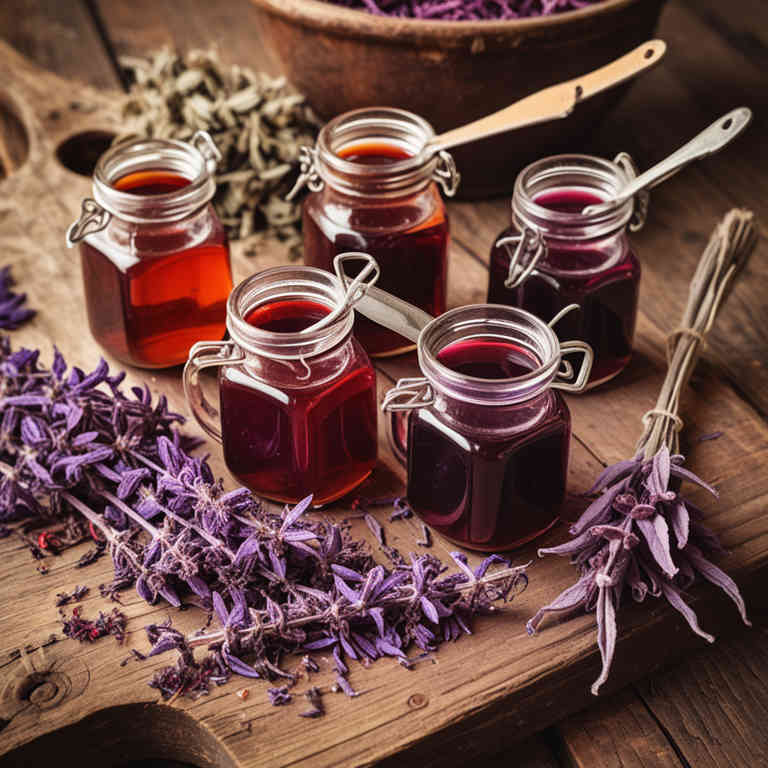
Salvia miltiorrhiza, commonly known as Danshen, is a traditional Chinese herb that has been used for centuries to support cardiovascular health.
Herbal syrups derived from Salvia miltiorrhiza contain active compounds such as tanshinone and salvianolic acid, which exhibit anti-inflammatory, antioxidant, and vasodilatory properties. These properties make Salvia miltiorrhiza syrups a potential complementary therapy for peripheral arterial occlusive disease (PAOD), a condition characterized by narrowed arteries that reduce blood flow to the limbs. Some clinical studies suggest that regular use of these syrups may help improve circulation and reduce symptoms such as leg pain and cramping in patients with PAOD.
However, it is important to consult with a healthcare provider before using Salvia miltiorrhiza syrups, as they may interact with other medications and are not a substitute for standard medical treatments.
4. Vitis vinifera
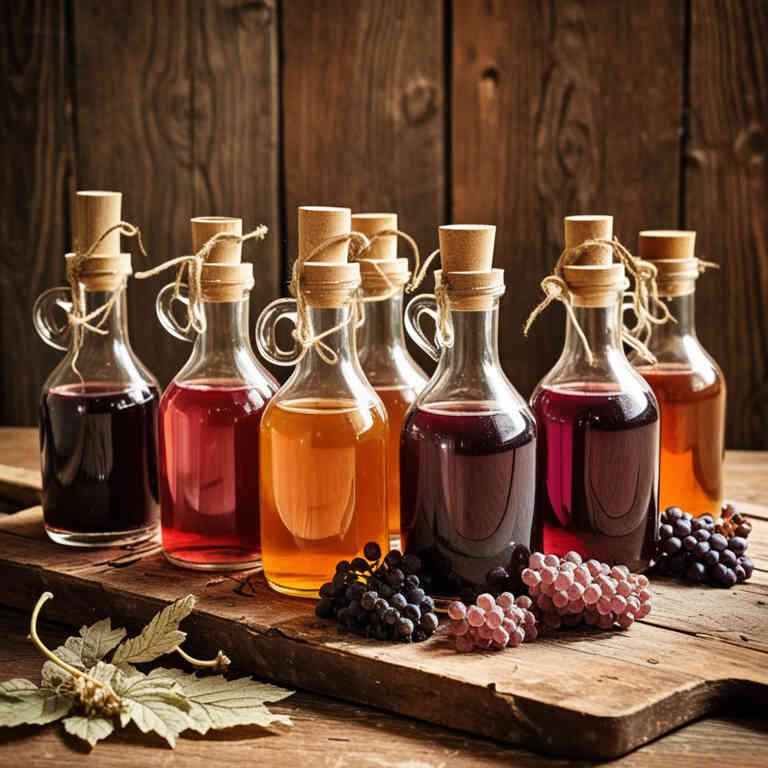
Vitis vinifera herbal syrups, derived from the grapevine plant, have been explored for their potential therapeutic benefits in managing peripheral arterial occlusive disease (PAOD).
These syrups are rich in polyphenols, particularly resveratrol, which exhibit anti-inflammatory, antioxidant, and vasodilatory properties that may support improved blood flow in affected areas. Some studies suggest that regular consumption of Vitis vinifera syrups could help reduce oxidative stress and enhance endothelial function, which are critical factors in PAOD progression. However, while preliminary research is promising, more rigorous clinical trials are needed to establish their efficacy and safety as a complementary therapy.
As with any herbal supplement, it is advisable to consult a healthcare provider before incorporating Vitis vinifera syrups into a treatment regimen for PAOD.
5. Curcuma longa

Curcuma longa, commonly known as turmeric, has been traditionally used for its anti-inflammatory and antioxidant properties, and recent research suggests that curcumin, its active compound, may offer therapeutic benefits for peripheral arterial occlusive disease (PAOD).
Herbal syrups containing curcuma longa have gained attention as a complementary therapy due to their potential to improve blood flow and reduce oxidative stress in patients with impaired circulation. These syrups are typically prepared with curcuminoids extracted from the rhizomes and may be combined with other herbal ingredients to enhance bioavailability and efficacy. While clinical evidence is still emerging, preliminary studies indicate that curcuma longa syrups could support conventional treatments by alleviating symptoms such as claudication and promoting vascular health.
However, it is important to consult healthcare professionals before using these syrups, as they may interact with medications or have contraindications for certain patient populations.
6. Panax ginseng
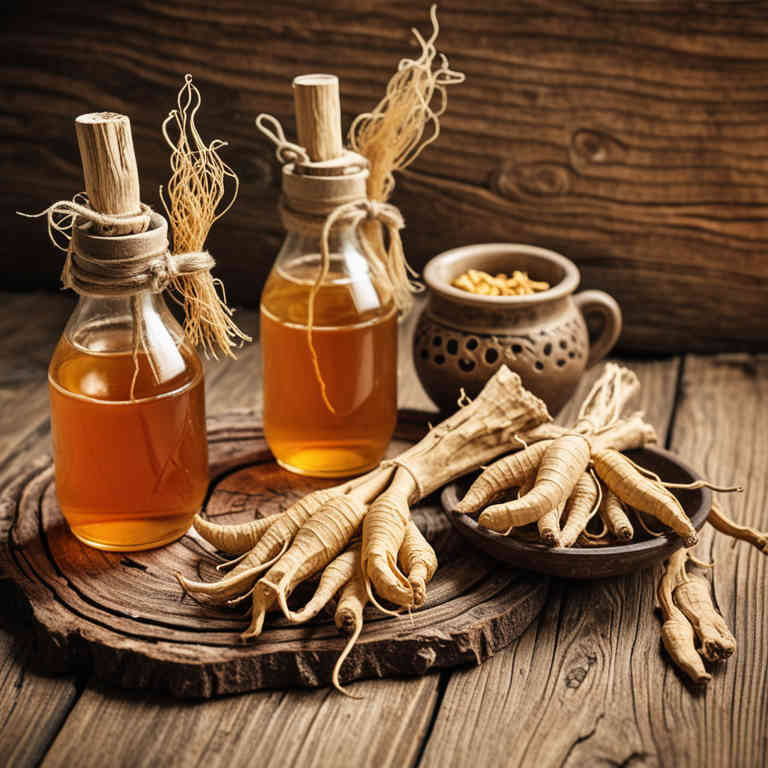
Panax ginseng herbal syrups have been explored as a complementary therapy for individuals with peripheral arterial occlusive disease (PAOD), a condition characterized by narrowed arteries that reduce blood flow to the limbs.
Some studies suggest that the active compounds in Panax ginseng, such as ginsenosides, may improve circulation and enhance vascular function, potentially benefiting patients with PAOD. While preliminary research indicates possible anti-inflammatory and antioxidant effects, more rigorous clinical trials are needed to confirm its efficacy and safety in this context. Herbal syrups containing Panax ginseng are generally considered safe when used in recommended doses, but they should not replace conventional medical treatments without consulting a healthcare provider.
As with any herbal supplement, individual responses may vary, and potential interactions with medications should be carefully considered.
7. Silybum marianum

Silybum marianum, commonly known as milk thistle, has been explored for its potential benefits in managing peripheral arterial occlusive disease (PAOD) due to its antioxidant and anti-inflammatory properties.
Herbal syrups derived from Silybum marianum are believed to support vascular health by improving blood flow and reducing oxidative stress in the circulatory system. While some preliminary studies suggest that silymarin, the active compound in milk thistle, may enhance endothelial function, more robust clinical trials are needed to confirm its efficacy in PAOD. These syrups are often used as complementary therapy alongside conventional treatments, but they should not replace prescribed medical interventions.
Patients considering silybum marianum syrup should consult with healthcare professionals to ensure safe and effective use.
8. Hypericum perforatum
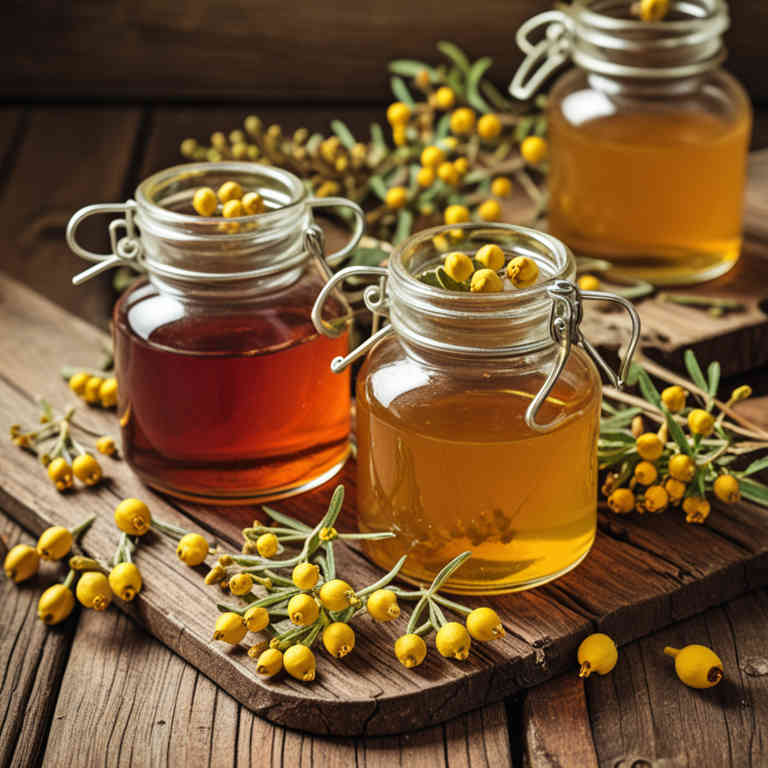
Hypericum perforatum, commonly known as St. John's wort, has been traditionally used for its potential therapeutic properties, though its efficacy in treating peripheral arterial occlusive disease (PAOD) remains a topic of debate.
While some studies suggest that the herbal syrup may improve blood flow and reduce inflammation, the evidence is not yet strong enough to recommend it as a primary treatment for PAOD. Herbal syrups containing hypericum perforatum are sometimes used as complementary therapy alongside conventional treatments such as angioplasty or medication. However, due to potential interactions with other medications and the lack of standardized dosing, caution is advised when using these syrups.
Further clinical research is needed to establish the safety and effectiveness of hypericum perforatum in managing PAOD.
9. Urtica dioica
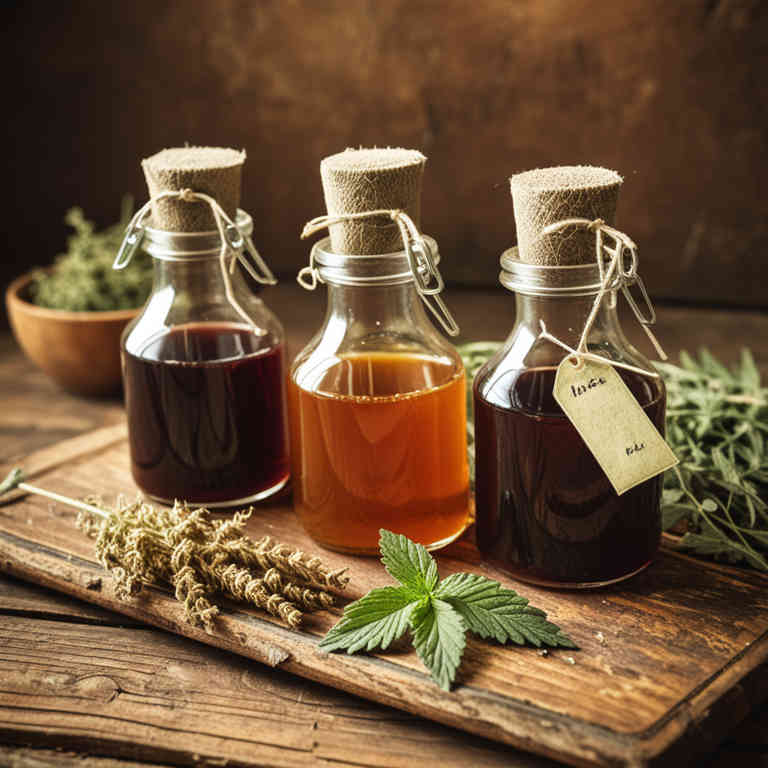
Urtica dioica, commonly known as stinging nettle, has been explored for its potential therapeutic benefits in peripheral arterial occlusive disease (PAOD), a condition characterized by reduced blood flow to the limbs due to narrowed arteries.
Herbal syrups made from Urtica dioica are believed to possess anti-inflammatory, antioxidant, and vasodilatory properties that may support improved circulation and reduce symptoms such as leg pain and cramping. Some studies suggest that the bioactive compounds in stinging nettle may help in reducing oxidative stress and enhancing endothelial function, which are key factors in the progression of PAOD. While preliminary research shows promise, more clinical trials are needed to confirm the efficacy and safety of Urtica dioica syrups as a complementary treatment for PAOD.
Nonetheless, these herbal preparations are often used alongside conventional therapies to manage symptoms and improve quality of life for patients with peripheral arterial disease.
10. Nymphaea alba
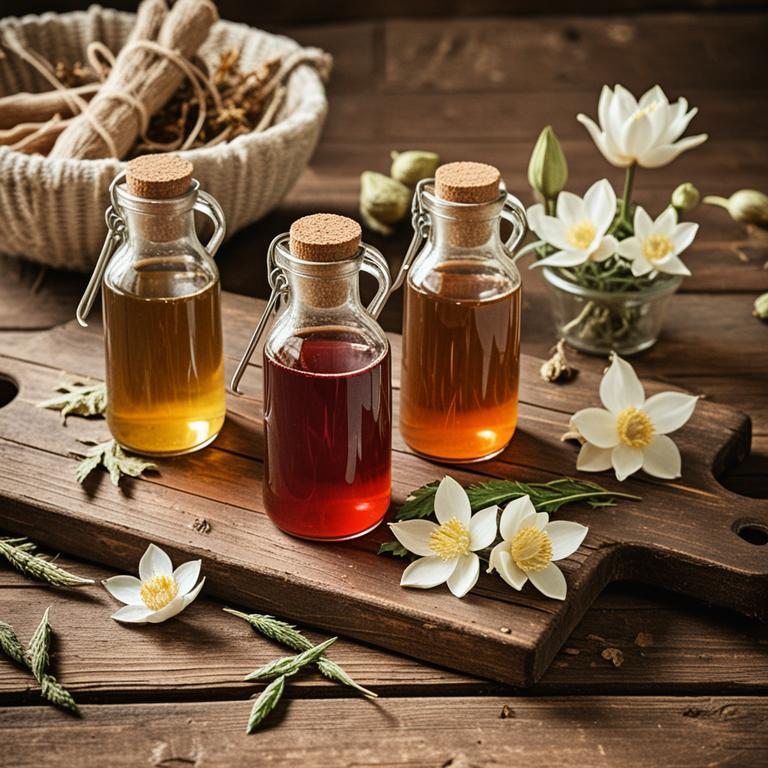
Nymphaea alba, commonly known as white water lily, has been traditionally used in herbal medicine for its potential cardiovascular benefits.
Recent studies suggest that Nymphaea alba herbal syrups may help improve blood circulation by promoting vasodilation and reducing oxidative stress, which are key factors in peripheral arterial occlusive disease (PAOD). The active compounds in the syrup, such as alkaloids and flavonoids, are believed to support endothelial function and enhance microcirculation in affected areas. While more clinical research is needed, preliminary evidence indicates that Nymphaea alba may serve as a complementary therapy for managing symptoms of PAOD.
As a natural remedy, it offers a promising alternative for patients seeking holistic approaches to vascular health.